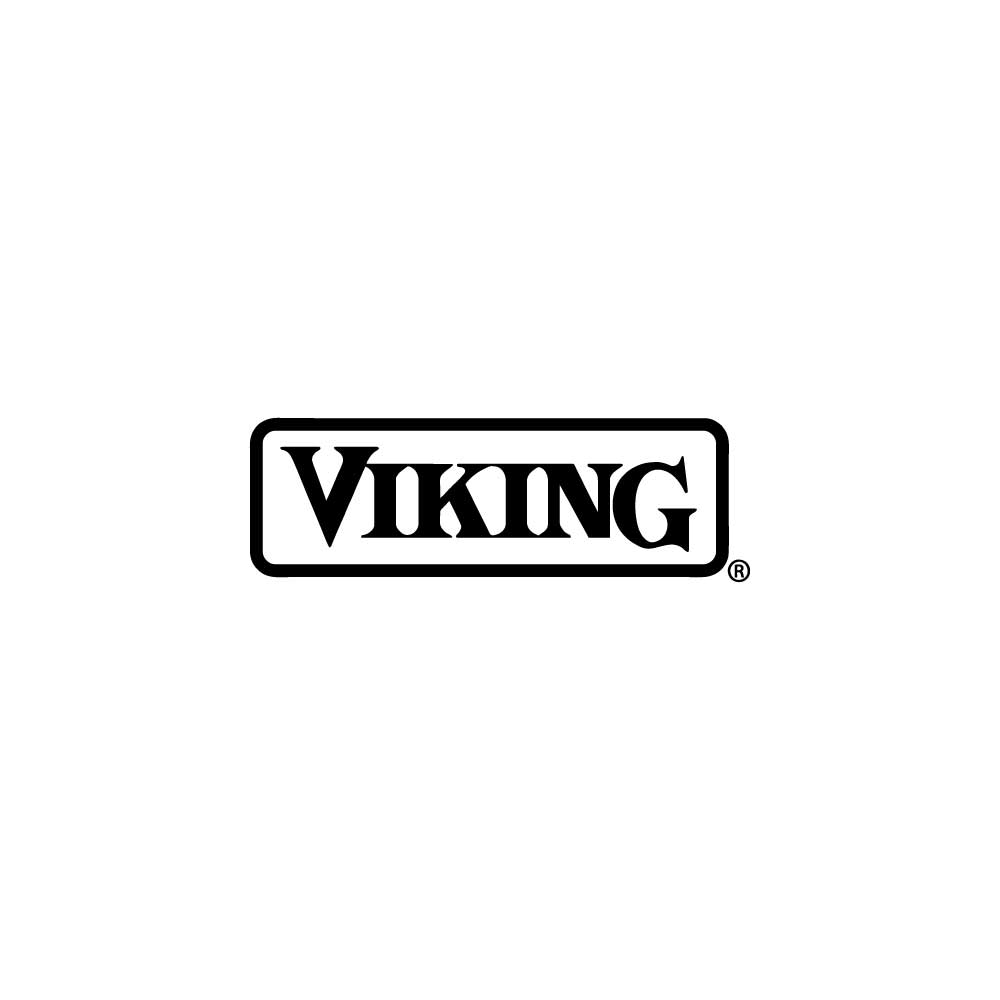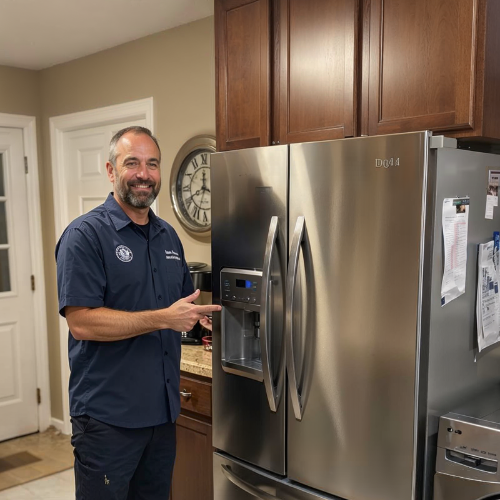Fisher & Paykel Dishwasher Repair
Volt & Vector Appliance Repair
23 Google reviews
Experience premium Fisher & Paykel Dishwasher service with advanced diagnostics and borough coverage. Enjoy a $99 diagnostic fee (credited to repair) and a 180-day warranty.
Local techs
+1 (332) 333-1709
.avif)

Fisher & Paykel Dishwasher repair with $99 diagnostic fee. Expert service you can trust.
Fisher & Paykel Dishwashers are renowned for their innovation, but when they experience cascading system failures, it can disrupt the lives of New Yorkers dramatically. Common issues such as energy waste and inefficiencies create unnecessary stress, especially in the tight living quarters of Brooklyn and Manhattan where space and time are premium commodities. Delivery delays in obtaining service parts only add to the frustrations faced by homeowners.
At Volt & Vector, we utilize advanced diagnostic methodologies tailored for the New York environment. Our process includes multimeter testing, control board signal tracing, and sealed system pressure analysis, ensuring that we pinpoint the precise failure source efficiently. With dedicated borough-specific dispatch logistics, our technicians arrive promptly, ready to address your needs.
Expect premium service with a $99 diagnostic fee (credited to repair) and a 180-day warranty on all work performed. We offer same-day availability for urgent repairs, using OEM parts to guarantee your dishwasher runs as intended.
Understanding Fisher & Paykel Error Codes
Code A1: No water supply.
Possible Causes:
- Water supply tap is turned off
- Kink in water supply hose
- Clogged water inlet filter
User Actions:
- Check if the water tap is turned on
- Inspect the water supply hose for any kinks
- Clean the inlet filter on the dishwasher
Code A3: Water softener regeneration valve issue.
Possible Causes:
- Faulty water softener
- Blocked valve
- Incorrect settings on the dishwasher
User Actions:
- Inspect the water softener for any visible issues
- Check the settings and instructions for the dishwasher
- Contact a technician for assistance
Code A4: Drain pump activated.
Possible Causes:
- Water remaining in the base of the dishwasher
- Clogged drain filter
- Faulty drain pump preventing drainage
User Actions:
- Check and clean the drain filter
- Ensure there is no standing water inside the dishwasher
- Retry running a cycle to see if the issue persists
Code E5: Water supply issue.
Possible Causes:
- Water tap is off
- Faulty water inlet valve
- Low water pressure in your home
User Actions:
- Verify that the water tap is open
- Ensure that your home has adequate water pressure
- Check for any leaks in the water supply line
Code U1: Wash pump has not primed.
Possible Causes:
- Water inlet valve remains closed
- Faulty wash pump
- Inadequate water supply
User Actions:
- Ensure the water supply is properly turned on
- Listen for unusual noises from the wash pump
- Check the hose for obstructions or kinks
Code U3: Filled too quickly or failed to drain.
Possible Causes:
- Blocked drain hose
- Malfunctioning drain pump
- Faulty pressure switch
User Actions:
- Check the drain hose for any clogs or kinks
- Inspect the drain pump for blockages
- Make sure the dishwasher is level
Technical FAQs & Diagnostic Insights
Q: What does the diagnostic code A1 mean?
A: This indicates a water supply issue, possibly from a blocked inlet filter or kinked hose.
Q: What should I do if my dishwasher is leaking?
A: Leaking can arise from door seals or internal hose failures; check for visible water sources.
Q: Can you explain what code E5 means?
A: This indicates a water supply issue, necessitating verification of the water tap and pressure levels.
Q: Why is my dishwasher making noise/vibration?
A: Noise can often stem from an obstructed wash pump or a foreign object lodged in the fan assembly.
Advanced Pre-Service Checks for Homeowners
Check for proper breaker load and voltage supply to the unit.
Run thermistor resistance checks where accessible to verify operation.
Evaluate the condenser coil for proper airflow and cleanliness.
Conduct door seal vacuum testing to ensure an airtight closure.
WARNING: Sealed system work, gas leaks, or persistent electrical faults should be addressed by a qualified technician immediately.
Advanced Pro Maintenance Tips
To prevent leaking issues, routinely inspect the door gasket by performing the dollar bill test; slide a dollar bill between the gasket and door. If it pulls out too easily or shows significant resistance, replace the gasket with an OEM part (refer to Fisher & Paykel part number 524855P) to ensure a proper seal against NYC’s high-rise water pressure.
Address noise/vibration problems by checking the dish rack rollers for wear or debris. Clean the roller tracks and ensure they are properly aligned; consider replacing them with OEM parts (see Fisher & Paykel part number 525516P) if they are compromised, minimizing potential vibrations in tight, space-constrained installations.
For power issues, particularly in older pre-war buildings with unstable electrical systems, inspect the control board relay and test the resistance values using a multimeter to ensure they are within OEM specifications (Fisher & Paykel recommends values around 10-20 ohms). Always ensure that the appliance is disconnected from the power supply before conducting any electrical tests to prevent shock hazards.
To combat door lock failures, routinely test the door latch and strike plate; ensure the latch engages smoothly without excessive force. Regularly lubricate the mechanism with food-safe silicon grease while keeping an eye on wear patterns, and replace parts with genuine OEM components (such as Fisher & Paykel part number 525646P) when signs of fatigue arise.
Expert Cost-Benefit Analysis: Repair or Replace?
In assessing whether to repair or replace a Fisher & Paykel Dishwasher, consider the age of the unit and common part failure matrices. Key components like the compressor and control board typically yield a lifespan of 7-10 years, while sealed system components may require immediate economic scrutiny. Repair costs, especially in NYC, can vary widely due to labor rates, but decisive repairs can often be made at 40-60% of the cost of replacement.
Replacement considerations include energy efficiency ROI, the scarcity of discontinued OEM parts, and cumulative repair costs, particularly the 70% rule that suggests replacement if repairs exceed this threshold. Additionally, installation logistics in Manhattan high-rises may complicate straightforward replacements, necessitating careful planning.
Advanced Pro Maintenance Tips
To prevent leaking issues, routinely inspect the door gasket by performing the dollar bill test; slide a dollar bill between the gasket and door. If it pulls out too easily or shows significant resistance, replace the gasket with an OEM part (refer to Fisher & Paykel part number 524855P) to ensure a proper seal against NYC’s high-rise water pressure.
Address noise/vibration problems by checking the dish rack rollers for wear or debris. Clean the roller tracks and ensure they are properly aligned; consider replacing them with OEM parts (see Fisher & Paykel part number 525516P) if they are compromised, minimizing potential vibrations in tight, space-constrained installations.
For power issues, particularly in older pre-war buildings with unstable electrical systems, inspect the control board relay and test the resistance values using a multimeter to ensure they are within OEM specifications (Fisher & Paykel recommends values around 10-20 ohms). Always ensure that the appliance is disconnected from the power supply before conducting any electrical tests to prevent shock hazards.
To combat door lock failures, routinely test the door latch and strike plate; ensure the latch engages smoothly without excessive force. Regularly lubricate the mechanism with food-safe silicon grease while keeping an eye on wear patterns, and replace parts with genuine OEM components (such as Fisher & Paykel part number 525646P) when signs of fatigue arise.
About our company:
Volt & Vector — Professional Appliance Repair Service in New York City
Diagnostic Workflow
- Model & serial verification (rating-plate photo).
- Functional test — run service mode, retrieve stored error codes.
- Electrical measurement — voltage, amperage, resistance under load.
- Mechanical check — motors, valves, belts, pumps, airflow or coolant path.
- Safety validation — water, gas, or vent integrity.
- Estimate issued before repair authorization.
If the client proceeds, the diagnostic credit applies in full. Every visit is logged with readings and photos for warranty traceability.
Parts & Sourcing
Only factory-original OEM components from authorized distributors.
Each part is tracked by model, serial, and invoice ID.
We never use rebuilt electronics or aftermarket substitutes.
Refrigeration and sealed-system work performed by EPA 608-certified technicians.
Warranty & Compliance
- 180 days on both parts and labor.
- Documentation stored in secure cloud system for repeat-visit reference.
- COI and technician ID available for building management.
- All work complies with NYC Electrical & Plumbing Codes §27-740 et seq.
Safety Protocol
If there’s water leakage, cut the supply immediately.
If smoke, odor, or sparks appear — shut the breaker and disconnect.
Technicians arrive with insulated tools, PPE, and isolation testers rated to 1000 V CAT III.
Pre-Visit Checklist for Clients
- Confirm building access / doorman / elevator window.
- Provide brand + model + symptom (photo helps).
- Clear workspace around appliance (2–3 ft).
- If possible, note any error code or behavior pattern.
These steps reduce diagnostic time and ensure correct parts are dispatched.
Service Coverage
Brooklyn: Downtown, Brooklyn Heights, Park Slope, Williamsburg, Greenpoint, Bed-Stuy, Carroll Gardens, Prospect Heights, Flatbush.
Manhattan: FiDi, Battery Park, Tribeca, SoHo, Chelsea, Midtown, UES, UWS, Gramercy, Village.
Text alerts are sent ≈ 30 minutes before arrival.
Data & Documentation
Volt & Vector maintains a private service database linking symptoms, part numbers, and test results across thousands of NYC appliances.
Why Clients Choose Volt & Vector
- Local operation: no subcontract chains.
- Direct communication: text / email / call — no call-center delays.
- Technical credibility: trained on Bosch Benchmark, Miele W1/T1, Sub-Zero sealed-system platforms.
- COI & property compliance: trusted by NYC building management.
- Fast logistics: inventory and supplier network inside the five boroughs.
Commitment to Repair Ethics
Every successful repair extends appliance life, lowers energy waste, and avoids landfill scrap.
All replaced components are recycled through certified NYC facilities.
“Repair First” is our environmental and professional baseline.
Schedule Service
- Text or call (332) 333-1709.
- Send appliance info + photos.
- Receive ETA and firm estimate.
- Technician arrives within your chosen window, completes service, provides digital invoice and warranty.
Volt & Vector — Built for NYC by Real Techs
Professional diagnostics, OEM components, documented results.
Transparent pricing. Zero guessing. Guaranteed repair.
Primary Services
See the full catalog of our services—organized by brand and by appliance—right here.



































.svg.png)








.png)
.png)




.png)
.png)
